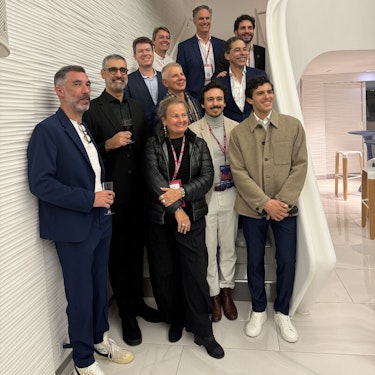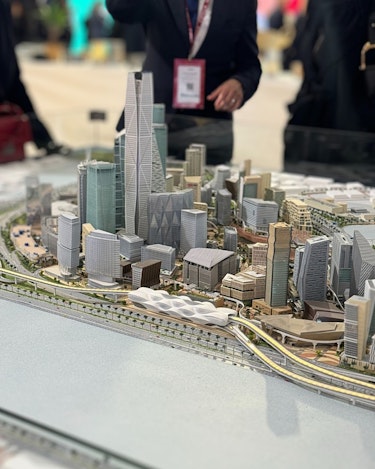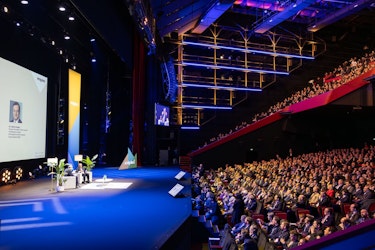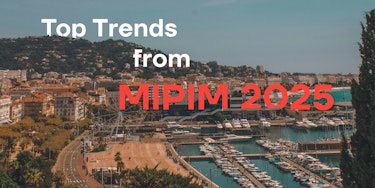This year’s gathering in Cannes highlighted a significant shift in the real estate sector: a move from constructing spaces to shaping entire ecosystems — driven by culture, innovation, and narrative. Over four days of panels, exhibitions, and informal exchanges, one clear theme emerged: it’s no longer just about what is built, but about how environments are imagined, communicated, and adapted for the future.
Expanding the Global Map
A standout development was the rising prominence of Latin American regions, particularly Brazil, in global real estate dialogues. Large-scale masterplans — from oceanfront destinations to hybrid cultural hubs — are capturing attention. However, many of these markets still lack robust creative infrastructure, especially in areas like visual storytelling, animation, and brand identity. This creates a significant opportunity for international collaborations, aligning local vision with world-class presentation standards.

Visual Strategy Becomes Central
The perception of architectural imagery and content planning has shifted dramatically. Once considered a finishing touch, these tools are now seen as essential drivers of investment and public engagement. A clear example comes from Saudi Arabia’s Vision 2030, where national-scale initiatives use immersive media to attract partners and shape perception. Visual assets once static are becoming central to urban narratives and long-term positioning strategies.

Technology: Moving from Concepts to Real-World Tools
Although digital buzzwords remain prevalent, the more impactful discussions centered on real, applicable technology. AI-powered forecasting, intelligent infrastructure planning, and systems focused on efficient energy use were among the more tangible implementations. While some tools are still evolving, there’s growing pressure for future developments to integrate technology at the core — not as an enhancement, but as a foundational element.

Investment Meets Responsibility
There’s a noticeable diversification in where capital is being directed. Alongside stable European destinations, there’s mounting interest in the Middle East, Latin America, and Africa. At the same time, environmental accountability is no longer optional — it’s a primary filter for decision-making. Projects designed around adaptability, reuse, and long-term community benefit are gaining momentum, not just for their environmental merits, but for their ability to endure through market fluctuations.

Among the most inspiring conversations was a renewed focus on the power of architecture as a driver of social value and economic relevance. Whether through co-created neighborhoods, strategic partnerships, or emotional storytelling, built environments are increasingly being viewed as platforms for connection, investment, and cultural identity.
As the year progresses, the call to action is clear: stay agile. Whether crafting cities, stories, or spaces, the future belongs to those who can align visionary thinking with human-centered experience.
